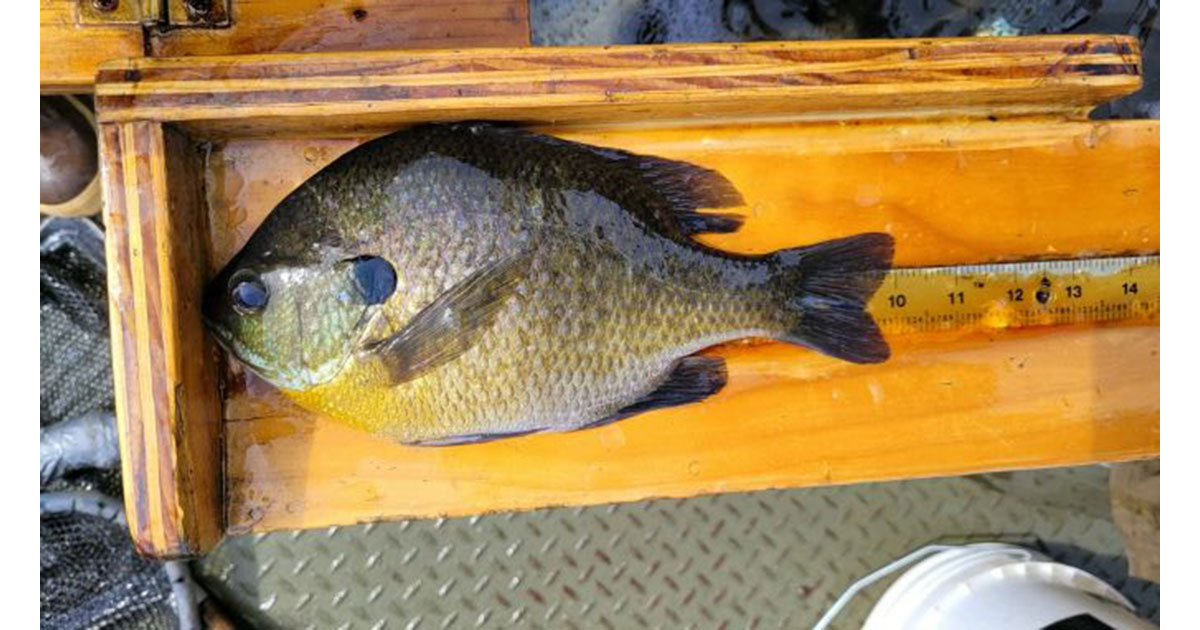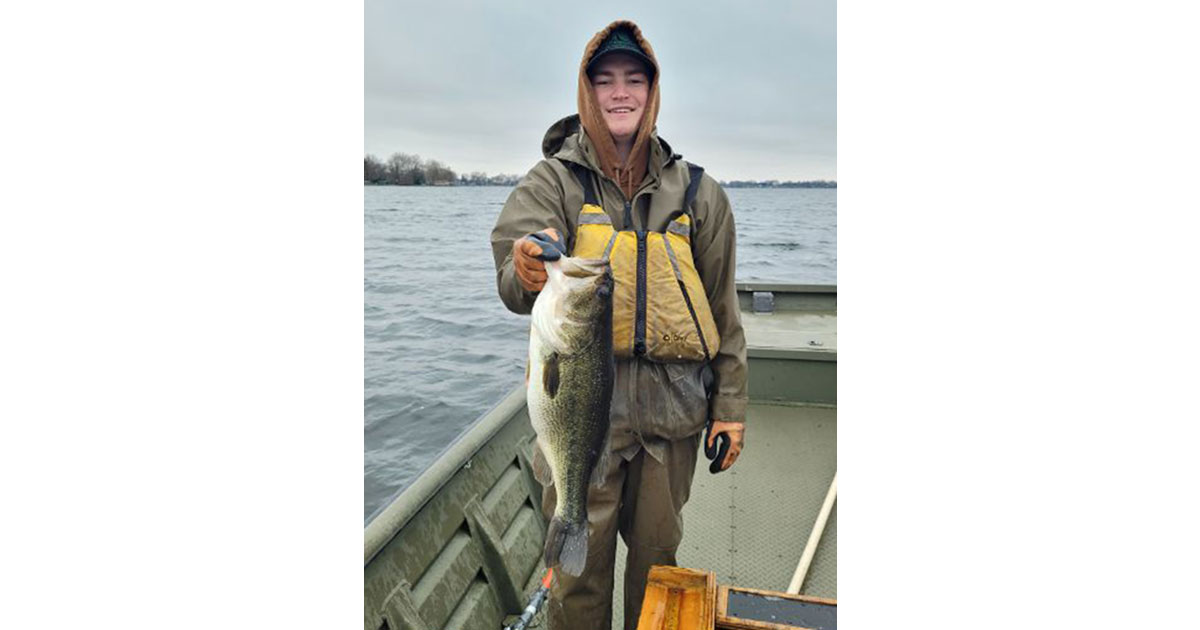- Details
IDNR Report
Beginning Monday, July 8, hunters can apply for reserved hunts online by visiting on.IN.gov/reservedhunt.
The online application method is the only way to apply for the hunts listed. No late entries will be accepted. Applicants must possess a hunting license that is valid for the hunt for which they are applying.
Applications must be submitted by 11:59 p.m. ET on Sunday, Aug. 4. More specific hunt information for individual properties can be found at on.IN.gov/reservedhunt.
- Details
By Louie Stout
The Willow Slough Fish and Wildlife Area is expanding thanks to Pheasants Forever and Quail Forever.
Some 175 acres were purchased through funding by the two conservation groups and with Wildlife and Sport Fish Restoration funds. It will bring Willow Slough acreage to more than 10,000 acres.
The land will be the spotlight of a dedication ceremony on the property Friday at 11 a.m. CST.
Willow Slough is located in northwest Indiana near Morocco, Ind. It also is home to J.C. Murphy Lake that has undergone a renovation to help return it to one of the state’s top fisheries.
- Details
IDNR Report
Indiana’s migratory bird hunting seasons for 2024-25 have been submitted to the U.S. Fish and Wildlife Service. The hunting seasons include those for mourning dove, waterfowl (i.e., ducks, coots, mergansers, and geese), woodcock, snipe, and sora rails.
| Species | Area | Segment 1 | Segment 2 | Segment 3 |
|---|---|---|---|---|
| Mourning Dove | Statewide | Nov. 1 - Dec. 1 | Dec. 21 - 29 | |
| Woodcock | Statewide | |||
| Snipe | Statewide | |||
| Sora Rail | Statewide | |||
| Early Teal | Statewide | |||
| Ducks, coots, and mergansers | North Zone | Oct. 19 - Dec. 8 | Dec. 28 - Jan. 5 | |
| Central Zone | Nov. 2 - 10 | Nov. 23 - Jan. 12 | ||
| South Zone | Nov. 9 - 10 | Nov. 30 - Jan. 26 | ||
| Canada geese, light geese, and Brant geese | North Zone | Sept. 1 - 15 | Oct. 19 - 27 | Nov. 23 - Feb. 9 |
| Central Zone | Sept. 1 - 15 | Nov. 2 - 10 | Nov. 23 - Feb. 9 | |
| South Zone | Sept. 1 - 15 | Nov. 9 - 10 | Nov. 23 - Feb. 15 | |
| White-fronted Geese | North Zone | Oct. 19-27 | Nov. 23 - Feb. 9 | |
| Central Zone | Nov. 2 - 10 | Nov. 23 - Feb. 9 | ||
| South Zone | Nov. 9 - 10 | Nov. 23 - Feb. 15 | ||
| Youth and Veteran only hunting days | North Zone | Oct. 12 - 13 | ||
| Central Zone | Oct. 26 - 27 | |||
| South Zone | Nov. 2 - 3 |
New this year, the white-fronted goose season and bag limit are separate from those for other geese. The white-fronted goose season is closed during September’s Canada goose season but opens at the same time as the other geese seasons later in the year. The daily bag limit is two white-fronted geese.
The Canada goose daily bag limit is five, which may include brant geese in aggregate, in any combination. The daily bag limit for light geese (snow and Ross’s geese) remains 20.
There are no changes in duck bag limits from 2023-24. This includes the scaup daily bag limit, which is one during the first 15 days of the duck season, and two for the rest of the eason.
The possession limit for all migratory birds is three times the daily bag limit, except for light geese, for which there is no possession limit.
Find more information about the migratory gamebird hunting seasons and regulations at on.IN.gov/gamebird-seasons.
- Details
By Louie Stout
 Lake of the Woods Bluegill
Lake of the Woods Bluegill
A recent survey of Lake of the Woods (Bremen, Ind.) produced some surprising results for Hoosier anglers.
Oddly enough, walleyes were a small part of what DNR Research Biologist Tom Bacula discovered on the 416-acre lake. It’s located southwest of Bremen in Marshall County.
“We caught more black crappie than we expected and a ridiculous amount of bluegill,” he said. “On a lake like this, I would expect about 200 crappies. We measured 780 and saw a lot more.”
The crappies averaged a little over 10 inches and most were 9 to 12 inches long.
Those fish were captured in nets the DNR team set in 4-6 feet of water in mid-April. The plan was to capture walleyes that moved up to attempt to spawn and access the population.
- Details
By Louie Stout
 Assistant District Biologist Avery Feldmeier
Assistant District Biologist Avery Feldmeier
Northwest Indiana’s fish management team is growing with the addition of two new district biologists.
District 1, previously led by Tom Bacula who has been promoted to District Research Biologist, now includes District Biologist Courtney Weldon, who will join the team in the coming days, and Assistant District Biologist Avery Feldmeier, pictured here, who began working the district April 1.
Feldmeier is a 2022 graduate of Lake Superior College with a degree in fisheries and wildlife management. He has since worked in Ohio as a Lake Erie Research Biologist and in Florida where he did ecological research on sea turtles.
The 23-year-old Hudsonville, Mich. native, who lives in LaPorte, Ind., is an avid waterfowl and deer hunter as well as bass and walleye angler.
“I grew up fishing the lakes around my Michigan home so I’m familiar with natural likes like we have here,” he said.
His role will be to help with lake surveys, data entry and oversee summer help. Bacula said Feldmeier will handle communication between the DNR and angler clubs and fishing community in the district.
He already has assisted in the muskie brood stock collection at Webster Lake and a spring survey on Lake of the Woods.
He also will be assessing fish at the Indiana Federation bass tournament weigh-in at Pine and Stone Lakes this weekend.


